Meet Justice G.B. Patnaik and his Notable Judicial decisions
- ByPravleen Kaur --
- 17 Jun 2025 --
- 0 Comments
Justice Gopal Ballav Pattanaik served as the 32nd Chief Justice of India from November 8, 2002, to December 18, 2002. Born on December 19, 1937, in Cuttack, Odisha, he began his legal practice in 1962 and quickly rose through the ranks, serving as Standing Counsel and then Government Advocate for the State of Orissa. He was appointed as a judge of the Orissa High Court in 1983, became Chief Justice of the Patna High Court in 1995, and was elevated to the Supreme Court later that year. Despite his brief tenure as CJI, Justice Pattanaik made significant contributions to Indian jurisprudence.
Judicial Career and Philosophy
Justice Pattanaik was known for his expertise in criminal, service, constitutional, property, and civil law. He authored over 400 judgments and was part of more than 3,000 benches during his Supreme Court tenure. He is credited with initiating the practice of in-house procedures to address allegations of judicial misconduct, a key step towards internal accountability in the judiciary.
Landmark Judgments
1. Daniel Latifi v. Union of India (2001)
Justice Pattanaik headed the constitutional bench that delivered a landmark judgment on the rights of Muslim women after divorce. The bench held that Muslim husbands are liable to provide maintenance to their divorced wives beyond the iddat period, interpreting the Muslim Women (Protection of Rights on Divorce) Act, 1986, in a progressive manner. This judgment was pivotal in advancing the rights of Muslim women and ensuring their financial security post-divorce.
2. T.M.A. Pai Foundation v. State of Karnataka (2002)
Justice Pattanaik was part of the majority in this historic case, which clarified that minorities have the right to establish and administer educational institutions under Article 30(1) of the Constitution. The judgment also established that the status of a linguistic or religious minority must be determined state-wise, not nationally, and reinforced the autonomy of minority institutions.
3. Arundhati Roy Contempt Case (2002)
In a suo motu contempt case against author Arundhati Roy, Justice Pattanaik held that derogatory statements scandalizing the Court constituted contempt. The bench emphasized that criticism of the judiciary as an institution, especially during ongoing cases, undermines public confidence and falls outside the scope of fair criticism.
4. Ayodhya Dispute and Narmada Dam Project
Justice Pattanaik was involved in cases denying the central government authority to allow Hindu organizations to perform ceremonies at the disputed Babri Masjid site and in the Narmada Dam Project case, reflecting his commitment to constitutional balance and secular principles.
Legacy
Justice G.B. Pattanaik is remembered for his progressive stance on women’s rights, defense of minority educational rights, and efforts to uphold judicial integrity. His judgments continue to influence Indian constitutional law, especially in areas of gender justice, minority rights, and judicial accountability.



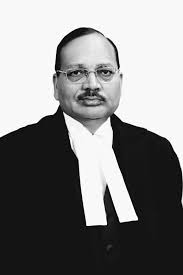
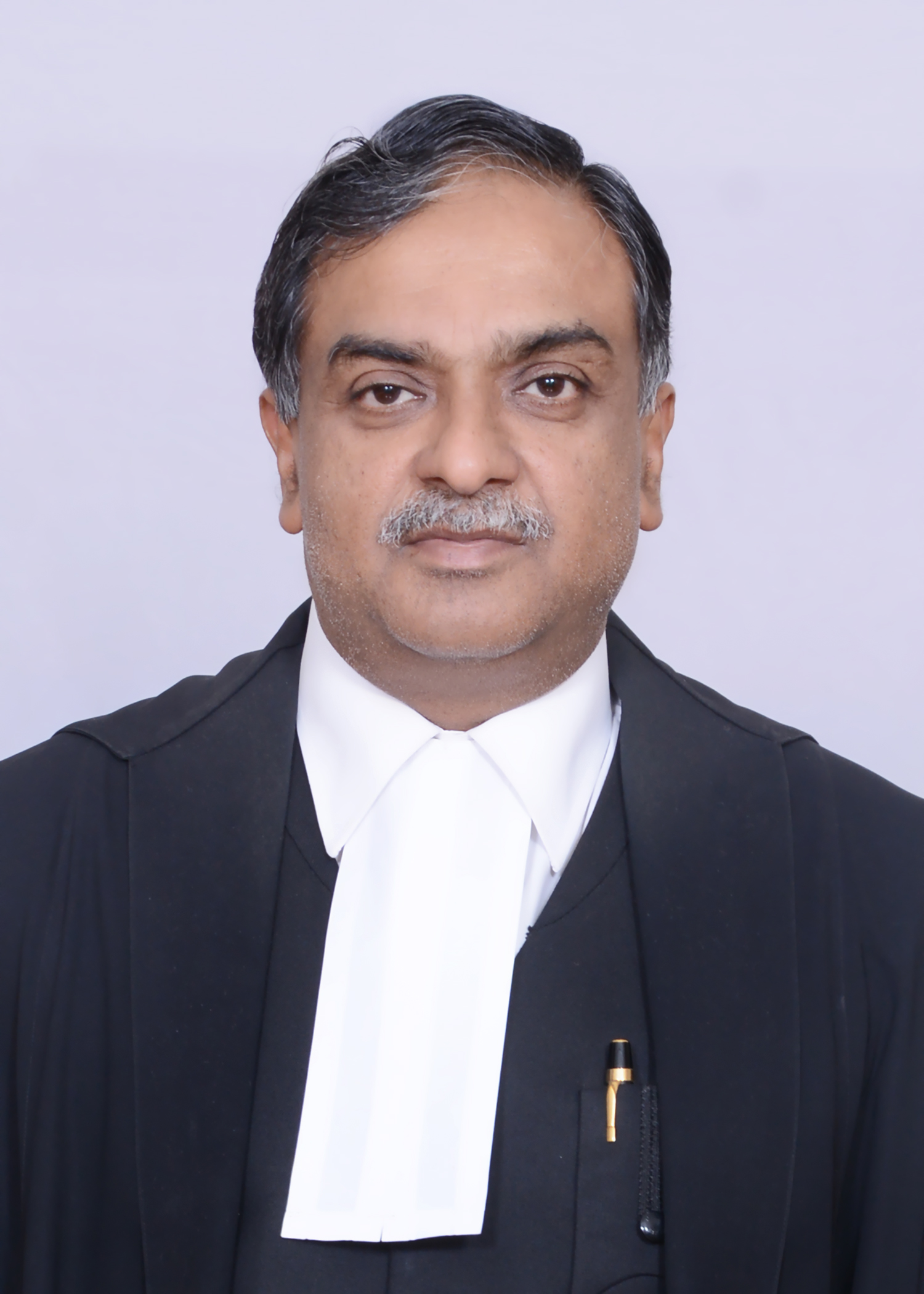

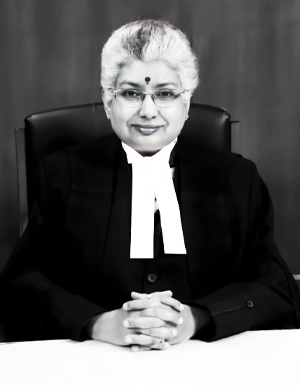

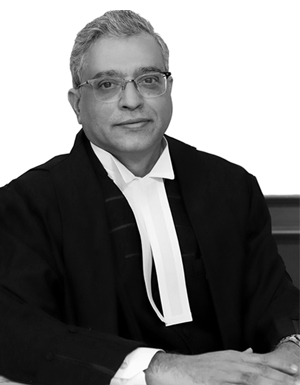


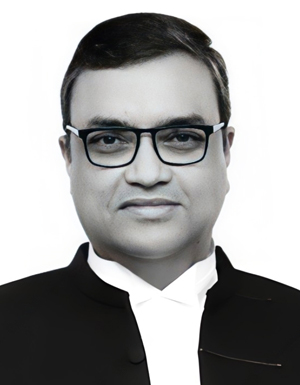
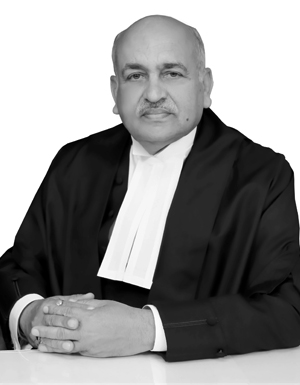

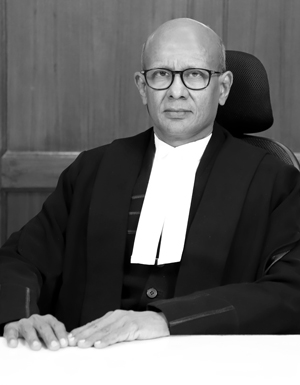
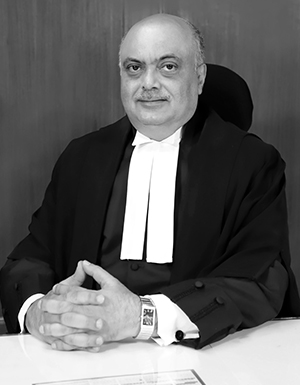
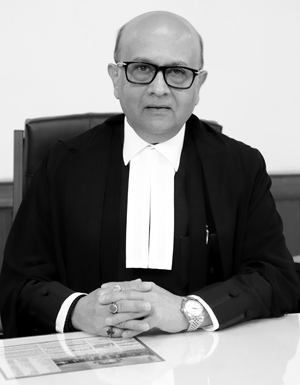

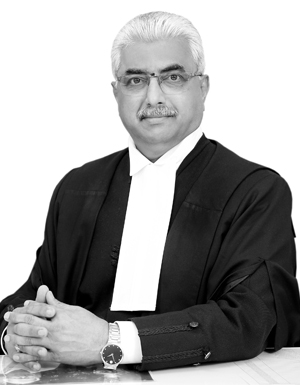

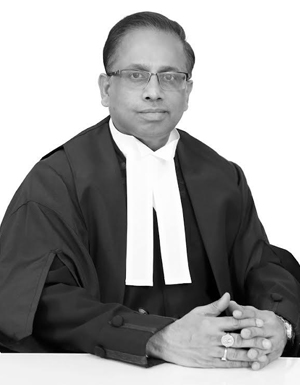

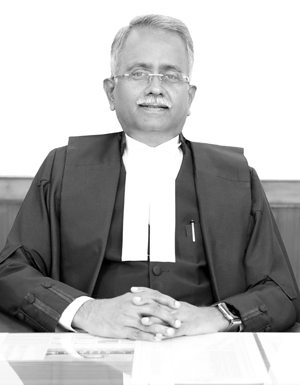
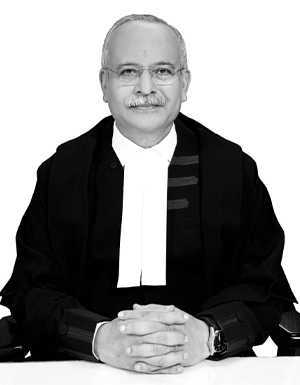

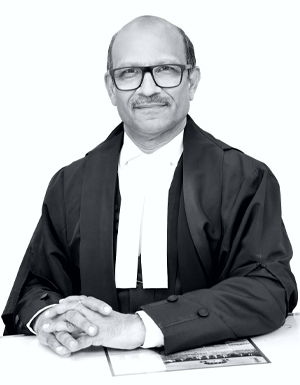



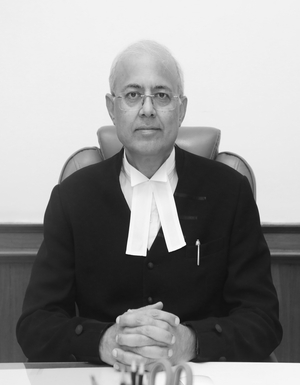


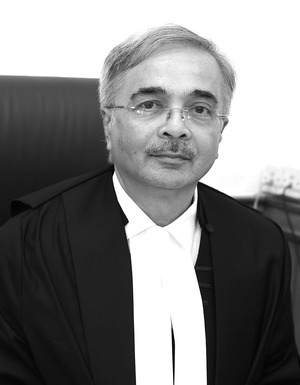
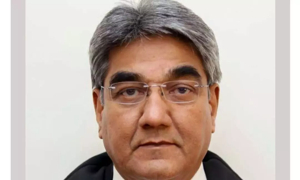
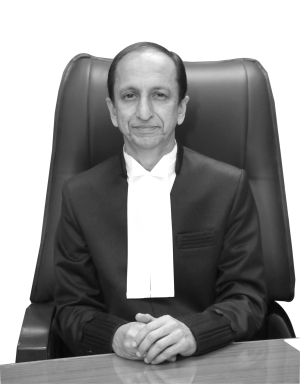

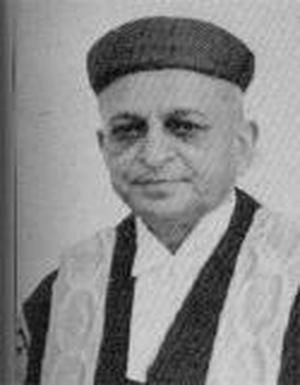
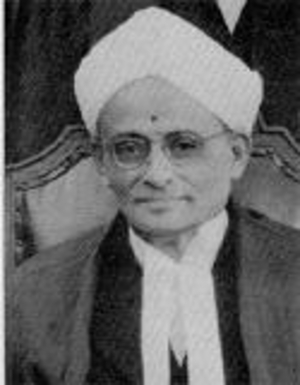
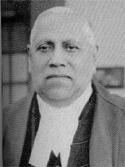
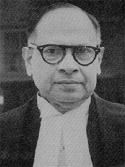
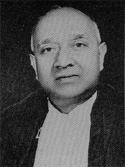
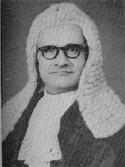
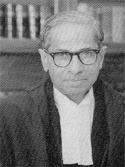
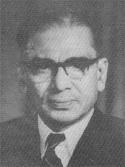
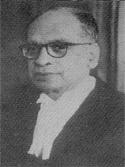
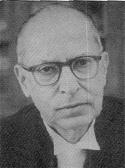
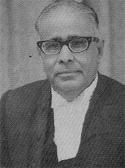
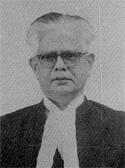
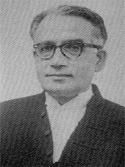
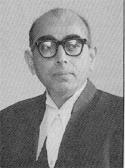

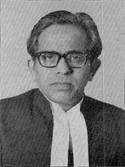
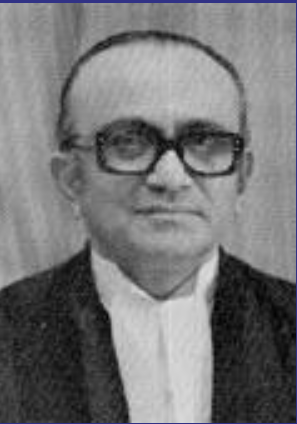

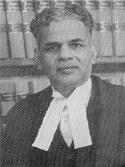
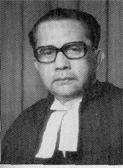
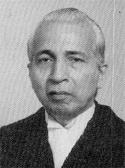
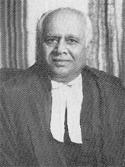
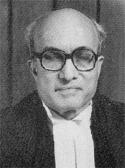
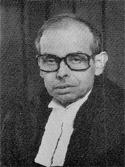
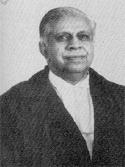

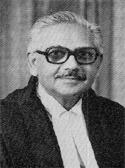
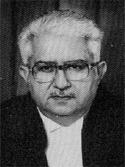
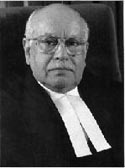
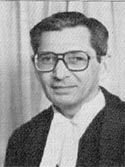

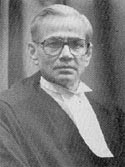
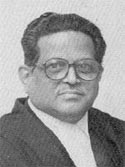

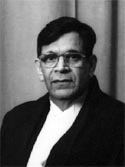
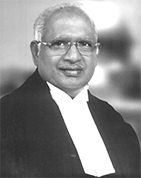

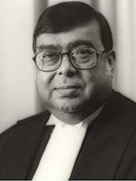

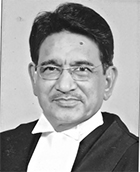


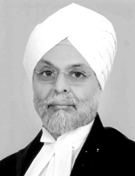

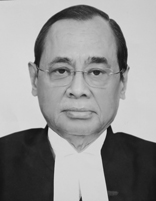

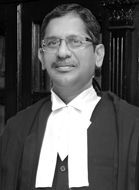



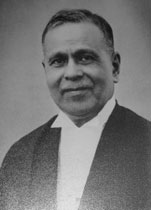
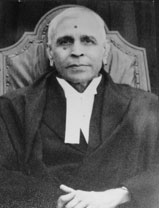
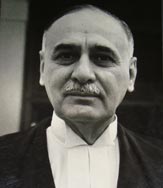
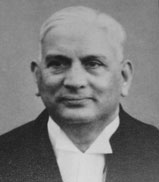
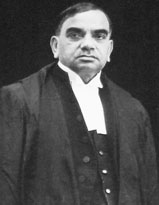

0 comments